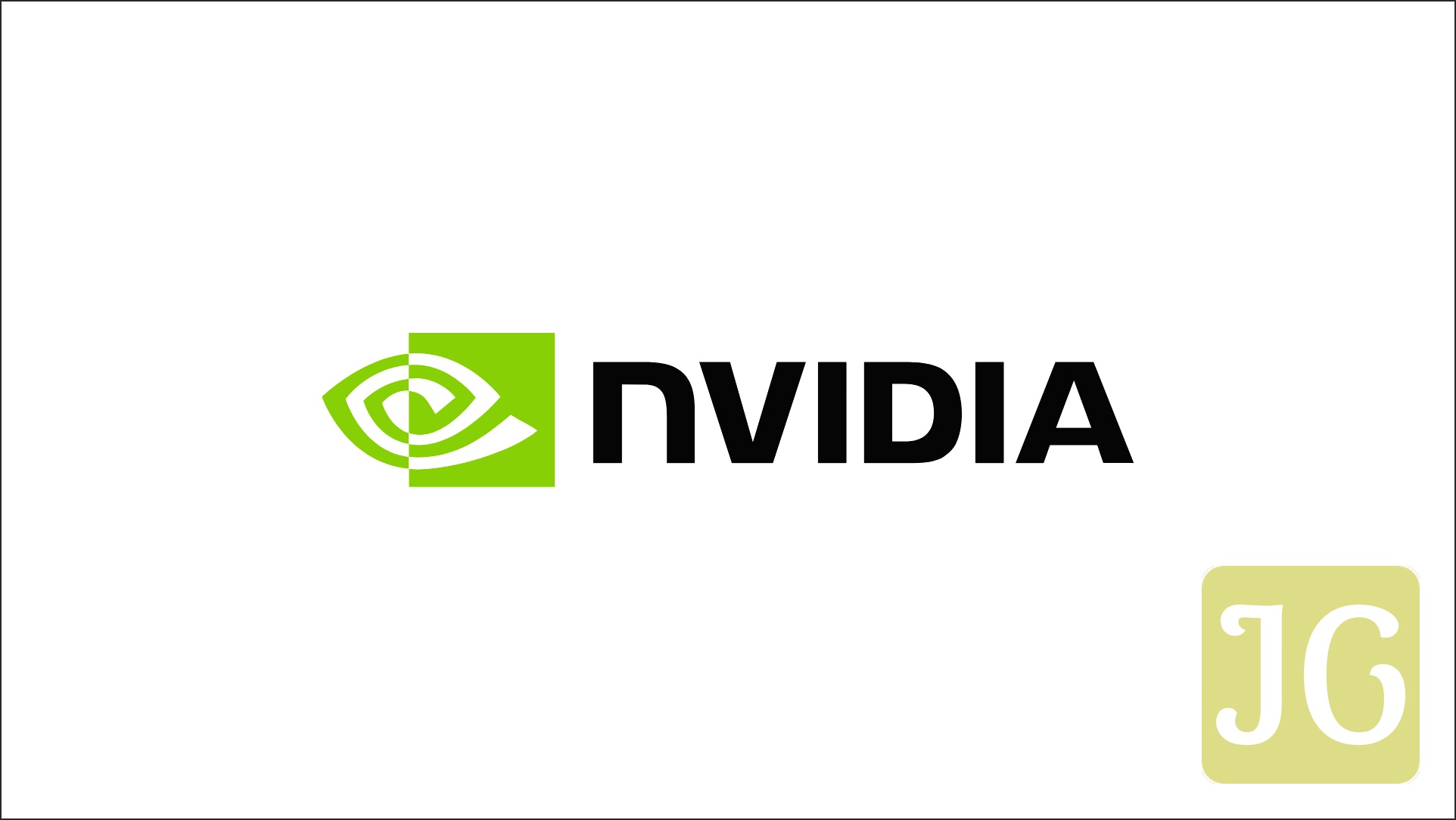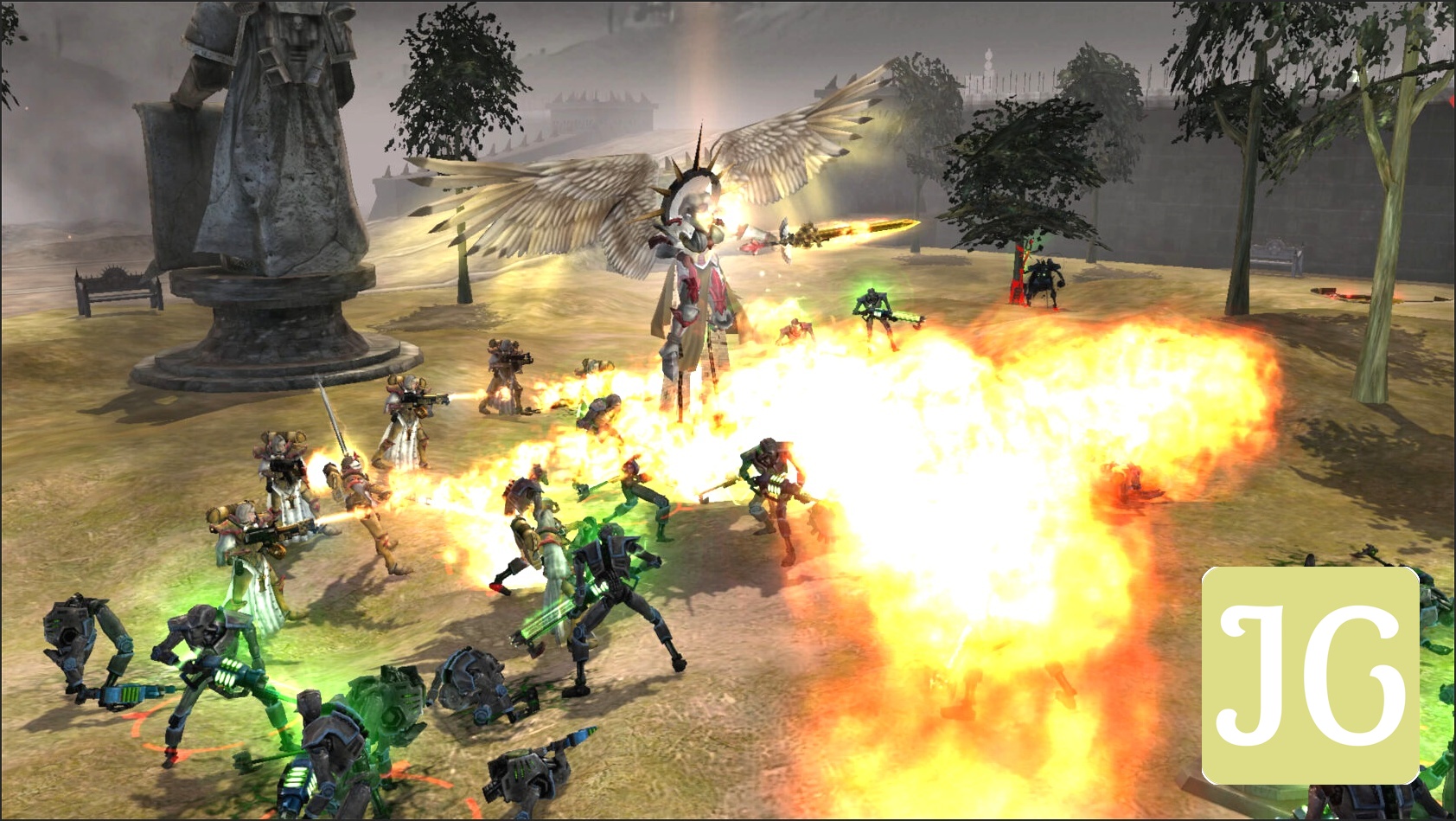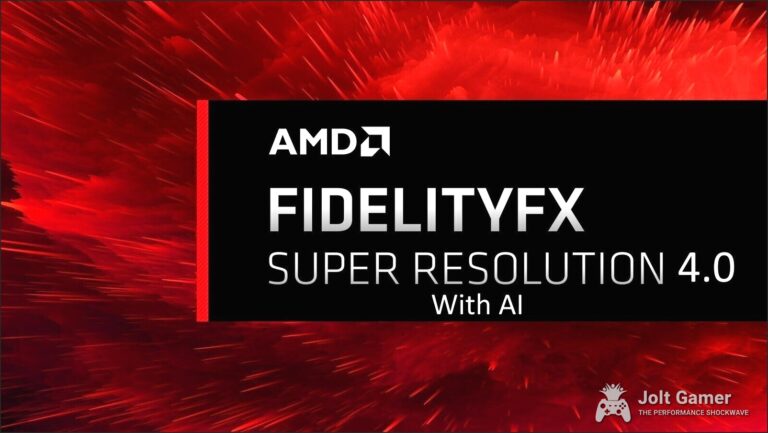The allure of high-end PC gaming has long been tied to hefty hardware investments, but what if the future of elite gaming was as simple as a strong internet connection? NVIDIA’s GeForce NOW is aggressively pushing that boundary, constantly expanding its formidable library and delivering graphics previously unimaginable without a top-tier local rig. With exciting new additions like the remastered Warhammer 40,000: Dawn of War – Definitive Edition, the legendary Heretic + Hexen Definitive Collection, and the latest Honkai Star Rail update, the platform isn’t just growing – it’s maturing into a serious contender for your primary gaming setup. But for many, the question remains: is GeForce NOW truly the future of PC gaming, or are there fundamental hurdles yet to overcome? Let’s dive in.
What is GeForce NOW and How Does It Deliver PC Power?
At its core, NVIDIA GeForce NOW offers a compelling proposition: instant access to a massive library of over 2,300 supported PC titles without the burden of downloads, installations, or constant patches. The magic happens in the cloud, where powerful NVIDIA GPUs render your games and stream them directly to your device, ensuring optimal performance on everything from a gaming laptop to a Mac, Steam Deck, or even an NVIDIA SHIELD TV. The flagship Ultimate tier truly redefines accessibility to high-end gaming. Leveraging the raw power of RTX 4080 SuperPODs, these remote rigs churn out an astonishing 64 TFLOPS of performance, enabling users to stream games at a buttery-smooth 4K resolution and 120 frames per second. For those without the luxury of a multi-thousand-dollar local PC, this represents an unprecedented leap in gaming fidelity and convenience.
New Worlds to Explore: Latest Additions to the GFN Library
- Warhammer 40,000: Dawn of War – Definitive Edition: Launched on August 14th, this iconic squad-based real-time strategy game arrives fully remastered. Players can experience enhanced 4K visuals, a refined camera, and an improved user interface, all while commanding nine playable armies across four legendary campaigns, including Space Marines, Orks, Chaos, and Eldar.
- Heretic + Hexen Definitive Collection: A surprise announcement from Microsoft at Quakecon, this legendary compilation is now streaming. Forged by Raven Software and meticulously restored by Nightdive Studios, it includes Heretic: Shadow of the Serpent Riders, Hexen: Beyond Heretic, and Hexen: Deathkings of the Dark Citadel, alongside two brand-new episodes. Boasting over 110 campaign maps, 120 deathmatch arenas, and both online and split-screen multiplayer, this collection delivers classic action with stunning 4K 120 FPS visuals.
- Honkai Star Rail – Version 3.5 “Before Their Deaths”: The latest update for the popular RPG is now streamable, introducing two new playable characters, Hysilens and Imperator Cerydra. Players are invited to explore the ancient world of Okhema, confront the menace Lygus, and engage in new activities like serving fairy patrons and mixing drinks in Styxia.
- Other Notable Additions: The GeForce NOW library continues to grow with a diverse range of titles, including Echoes of the End (Steam, Aug. 12), 9 Kings (Xbox/PC Game Pass, Aug. 14), Supraworld (Steam, Aug. 15), Crash Bandicoot 4: It’s About Time (Steam/Battle.net), and Guntouchables (Steam).
The Performance Edge: How GeForce NOW Delivers True High-End Gaming
The true performance edge of GeForce NOW, particularly its Ultimate tier, lies in its ability to leverage powerful, remote hardware that often outstrips what many gamers have at home. By tapping into NVIDIA’s RTX 4080 SuperPODs, the service provides access to Ada Lovelace GPUs capable of delivering a staggering 64 TFLOPS of performance. This means even the most graphically demanding modern titles, complete with cutting-edge features like ray tracing and DLSS, run at peak settings with remarkable fluidity. Our own extensive testing validated this: titles like Control and Cyberpunk 2077 consistently ran at a rock-solid 120-125 FPS with all in-game settings maxed out, including full ray tracing and DLSS enabled. This level of fidelity and frame rate often surpassed what a local RTX 4070 Ti Super GPU could achieve, with input lag becoming virtually indiscernible. For many, this isn’t just a convenient way to play; it’s a superior way to experience PC gaming.
GeForce NOW Ultimate: Real-World Latency & FPS
Latency (ms)
Input lag for mouse/keyboard and gamepads
Virtually indiscernible (ideal <40ms, acceptable up to 80ms)
Source: JoltGamer Internal Testing, Community Feedback
FPS (Target)
Frame rate for 1080p/4K streaming
Rock-solid 60 FPS (1080p), up to 120 FPS (4K, e.g., Control, Cyberpunk 2077 at 120-125 FPS)
Source: JoltGamer Internal Testing, NVIDIA Specifications
Competitive FPS (Target)
Frame rate for competitive titles with Reflex
Up to 240 FPS (e.g., Rocket League, Fortnite, Apex Legends)
Source: JoltGamer Internal Testing, NVIDIA Specifications
Choosing Your Tier: Free, Priority, or Ultimate?
GeForce NOW Membership Tiers
Free
- Basic rig access
- 1-hour game sessions
- Standard server queue
Priority
- Premium rig with RTX technology
- Priority server access
- Up to 1080p resolution at 60 FPS
- Extended 6-hour game sessions
- Select ray tracing support
Ultimate
- Exclusive access to RTX 4080 SuperPODs (Ada Lovelace GPUs)
- Unprecedented 64 TFLOPS of graphics performance
- Full ultrawide monitor support
- Up to 4K resolution at 120 FPS
- Up to 240 FPS in competitive titles (with NVIDIA Reflex)
- Full suite of NVIDIA technologies: Reflex, G-Sync, ray tracing, DLSS3
- Dedicated server access, longest session lengths
The Community’s Verdict: Addressing the Cloud Gaming Divide
The conversation around GeForce NOW within the gaming community is as dynamic and multifaceted as the service itself. While there’s undeniable enthusiasm and satisfaction regarding its technical prowess, particularly the low-latency, high-fidelity streaming, a significant portion of the community remains divided. Core concerns frequently surface around the cost of the premium tiers, especially when coupled with the “bring your own games” (BYOG) model. Furthermore, while NVIDIA’s directly operated servers deliver stellar performance, a persistent point of contention arises from the inconsistent service quality experienced by users outside core regions, where third-party partners manage operations. This blend of praise and frustration paints a complex picture, setting the stage for a balanced look at its strengths and weaknesses.
The latency is negligible. I can come top in cod lobbies. Being able to play 4k 120fps everything maxed out for 20 bux is a dream.
GFN ultimate costs 200€ year and it doesnt give you games. WHat the hell do you want? YOu can use GamePass on GFN in if you want more quality.
But your right, this is given your in the us, UK or Europe. Other servers outside of this are run by 3rd parties with nvidias name slapped on them and they suck.
GeForce NOW: The Promise vs. The Reality
Pros
- Access to high-end PC gaming without expensive local hardware
- Instant play, no downloads or lengthy installations
- Exceptional low-latency performance (especially Ultimate tier with RTX 4080 SuperPODs)
- Broad device compatibility (PC, Mac, mobile, Steam Deck, TVs)
- Growing library of supported titles (via the BYOG model)
Cons
- Requires existing game ownership (‘bring your own games’ model)
- Cost of Ultimate tier can be a barrier for some users
- Performance highly dependent on internet quality (bandwidth, latency, Wi-Fi stability)
- Regional limitations and inconsistent quality of third-party partner servers
- Certain major publishers/titles notably absent from the library (e.g., Sony, Rockstar, Activision Blizzard)
Optimizing Your GeForce NOW Experience: Tips for Seamless Streaming
- Network Essentials: For optimal performance, GeForce NOW requires a minimum download speed of 15Mbps, with recommendations scaling up to 45Mbps for smooth 4K streaming. Crucially, a low-latency connection – ideally below 40ms – is paramount, though up to 80ms may be acceptable.
- Wired or 5GHz Wi-Fi is King: To minimize interference and maximize stability, always prioritize an Ethernet connection. If Wi-Fi is your only option, ensure you’re on a 5GHz channel. The 2.4GHz band is highly susceptible to interference from common household electronics, making it generally insufficient for consistent cloud gaming.
- Improving Your Network: Simple steps can yield significant improvements. Periodically reset your router, and consider using free Wi-Fi Analyzer apps (available across platforms) to identify and troubleshoot network congestion. For competitive play, a USB wired or high-quality wireless gaming mouse can further reduce input latency.
- Performance Degraders: Be aware of factors that can severely impact your experience. Concurrent network activities (like streaming video, large downloads, or file uploads) will compete for bandwidth. Physical distance from your router, certain Quality of Service (QoS) settings, and the use of Virtual Private Networks (VPNs) can introduce significant latency and connection issues. Additionally, ensure your firewall allows necessary traffic (UDP port 5004 and 10000-20000 range), and on macOS, be mindful of location services interfering with network quality.
GeForce NOW vs. The Competition: The Cloud Gaming Showdown
The cloud gaming landscape is a fiercely competitive arena, with several major players vying for market dominance. While Google Stadia’s exit served as a stark reminder of the challenges inherent in this space, services like Amazon Luna and Xbox Cloud Gaming continue to evolve, each offering a distinct approach to delivering games from the cloud. Understanding where GeForce NOW stands requires a direct comparison against these key competitors.
Cloud Gaming Head-to-Head: GFN vs. Luna vs. Xbox Cloud Gaming
NVIDIA GeForce NOW
- Access to remote RTX 4080-class rigs, delivering industry-leading performance
- Uncapped streaming up to 4K resolution at 120 FPS or 240 FPS for competitive titles
- Flexible ‘bring your own games’ (BYOG) model from Steam, Epic, Ubisoft, Xbox, Battle.net, etc.
- Exceptional low-latency performance with virtually indiscernible input lag
- Full control over in-game graphics settings for a true PC experience
- Broadest device compatibility across PC, Mac, mobile, Steam Deck, and smart TVs
Amazon Luna
- Performance capped at 1080p resolution and 60 FPS
- Subscription-based model (Luna+, Ubisoft+, Jackbox), with some free games for Amazon Prime members
- Solid performance for its offerings, positioning it as a ‘silver medalist’ in comparisons
- Good device support across various platforms and web browsers
- Unique features like Luna Couch for co-op sessions with non-subscribers
Xbox Cloud Gaming
- Included as part of the Xbox Game Pass Ultimate subscription ($20/month)
- Streaming tops out at 1080p resolution and 60 FPS
- Superior and extensive game library via Game Pass, including new AAA titles
- Historically noted for significant performance issues during testing, including input lag, screen tearing, and stuttering
- Controller mandatory for gameplay, limiting accessibility for some PC titles
Your Top GeForce NOW Questions Answered
Do I need to own the games to play them on GeForce NOW?
Yes, GeForce NOW operates on a ‘bring your own games’ model. You link your accounts from supported online stores like Steam, Epic Games Store, Ubisoft, and even Xbox PC Game Pass to access titles you already own. It also supports popular free-to-play games, allowing instant access to a vast portion of your existing PC library.
What internet speed do I need for optimal performance?
A minimum of 15Mbps download speed is required for basic functionality. However, for higher resolutions and frame rates, significantly more bandwidth is recommended: 50Mbps for 1080p, 64Mbps for 1440p, and 75Mbps for 4K streaming. Crucially, a low-latency connection, ideally below 40ms, is paramount for a seamless experience.
Can I play competitive games on GeForce NOW without noticeable lag?
For Ultimate members with an optimal, low-latency internet connection and proximity to an NVIDIA data center, input lag is often virtually indiscernible, enabling highly competitive play. NVIDIA Reflex further reduces system latency in supported titles, making it possible to excel in twitch shooters. However, inconsistent networks or poor Wi-Fi can still introduce lag spikes, affecting performance in critical moments.
Is GeForce NOW a good replacement for a gaming PC?
For many, especially those looking to avoid the significant upfront cost and ongoing maintenance of a high-end gaming PC, GeForce NOW can be a highly viable replacement. It delivers a true high-end PC gaming experience via streaming, complete with ray tracing and DLSS. Its effectiveness as a replacement, however, hinges entirely on a robust and stable internet connection, and whether your desired game library is extensively supported within the service.
The JoltGamer Verdict
NVIDIA GeForce NOW stands as a truly revolutionary force in high-end cloud gaming. With its Ultimate tier leveraging the sheer power of RTX 4080 SuperPODs, it delivers an unparalleled streaming experience that often rivals, and in some cases surpasses, what’s achievable on expensive local hardware. While it’s not a silver bullet – demanding a robust internet connection, operating on a ‘bring your own games’ model, and facing some regional inconsistencies – for the discerning gamer with the right setup, GeForce NOW offers an accessible pathway to elite PC gaming without the prohibitive hardware investment. This isn’t just cloud gaming; it’s a legitimate alternative that is shaping the future of how we play.
As we look ahead, GeForce NOW’s continued presence at major industry events like Gamescom 2025 – set to kick off on August 20th – and its relentless expansion of a library now boasting over 2,300 supported titles, signal NVIDIA’s unwavering commitment to the cloud gaming frontier. While the journey to universal, flawless cloud gaming remains ongoing, GeForce NOW is undeniably at the forefront, pushing the boundaries of accessibility and performance. It’s not just a service; it’s a testament to a future where elite PC gaming is within reach for anyone with a solid internet connection, fundamentally reshaping what it means to be a PC gamer.






